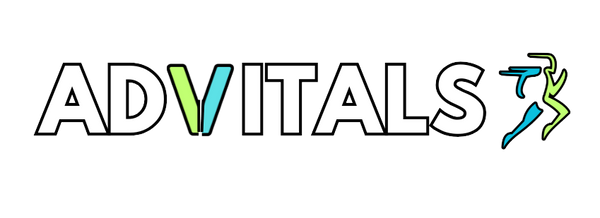Functional Fitness Training has surged in popularity due to its focus on enhancing everyday movements and overall physical functionality. Let's delve into its principles, benefits, exercises, and how it revolutionizes fitness routines.
Understanding Functional Fitness
Functional Fitness Training centers on exercises that mimic and enhance movements required in daily life, emphasizing strength, flexibility, balance, and coordination. Unlike traditional workouts that isolate muscle groups, this approach targets multiple muscle groups simultaneously.
Benefits of Functional Fitness
1. Improved Daily Activities: Enhancing movements like squatting, lifting, and reaching, it helps with daily tasks, reducing the risk of injury.
2. Enhanced Balance and Stability: Engaging core muscles and balance-focused exercises aid in stability, reducing the likelihood of falls.
3. Full-body Strength: Functional exercises emphasize compound movements, fostering overall strength and muscle coordination.
Core Functional Exercises
1. Squats: Strengthen lower body muscles essential for daily activities like sitting, standing, and lifting.
2. Deadlifts: Mimic lifting movements, targeting the posterior chain and enhancing back strength.
3. Lunges: Enhance lower body strength, stability, and balance, crucial for walking and climbing stairs.
4. Push and Pull Movements: Mimic actions like pushing doors or pulling objects, engaging upper body muscles.
Integrating Functional Fitness
Incorporate functional exercises into your routine by focusing on movements that align with your daily activities. Gradually progress by adding resistance or challenging your balance and coordination.
Tailoring to Individual Needs
Functional Fitness can be customized for different fitness levels and goals. Beginners should start with bodyweight exercises, gradually incorporating resistance and complexity.
Final Thoughts
Functional Fitness Training aligns with the essence of improving practical movements crucial for daily life. Its holistic approach promotes strength, stability, and mobility, enhancing overall functional capacity.
Incorporate these exercises gradually, focusing on proper form and technique. Consulting a fitness professional can provide guidance tailored to individual needs, ensuring a safe and effective functional fitness journey.
Remember, the goal is not just to get stronger but to optimize movement patterns, fostering a healthier, more functional lifestyle.
